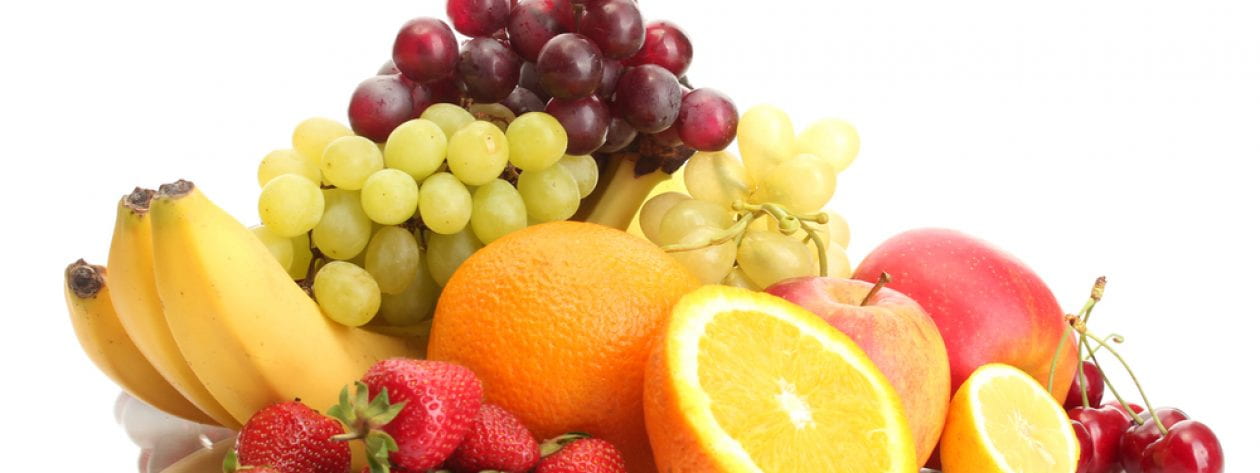You are probably familiar with the tale of Jack and the bean stalk; a young boy who disobeyed his mother quite often and looked for intense adventures. Well, the beans in the story were not exactly black beans, but if they had been, Jack would have grown up to be a strong young man with a healthy heart and enhanced brain function, although that would not have made for an exciting story.
Many tips on healthy eating recommend to stay on the perimeter of any supermarket because that’s where more of the nutrient-dense foods, like fresh fruits and vegetables, lean meats and low-fat dairy, are found. However, if you only follow this tip, you might miss out on some staple, healthy items such as whole grain breads, pastas, cereals and, you guessed it, beans!
that’s where more of the nutrient-dense foods, like fresh fruits and vegetables, lean meats and low-fat dairy, are found. However, if you only follow this tip, you might miss out on some staple, healthy items such as whole grain breads, pastas, cereals and, you guessed it, beans!
Incorporating beans into your diet will not only improve satiety levels, but beans are also adequate sources of Calcium, Iron, Potassium and Magnesium. These minerals help to improve nervous system functioning, enhance brain function and maintain bone structure and strength.
Beans can be one of the easiest foods to add to the diet, and yet, people tend to forget all about them. Beans offer an entire days’ worth of fiber and are an excellent source of carbohydrate and protein. They can be added and substituted in many dishes to create a delicious, well-balanced meal. Although beans are high in protein, the type of protein is termed incomplete because it lacks one or more of the essential amino acids that the body needs. These essential amino acids play an important role in building and repairing muscle tissue, but the body cannot make them on it’s own so we must get them from the food we eat. Animal proteins, such as chicken, beef and fish, are all considered complete proteins because they contain all 9 of the essential amino acids that the body needs.
The good news is, by simply pairing beans with another incomplete protein, such as rice, you can actually create a complete protein. A meal of rice and beans will also supply you with a good amount of fiber, which will increase satiety and keep you fuller, longer. Not to mention, beans are one of the least expensive sources of protein and a fantastic alternative for anyone following a meatless diet.
Black beans have been incorporated into many dishes found in campus dining locations. This variety ranges from soups to salads to even adding it as a side. Be on the lookout this week for featured black bean recipes such as the Black Bean and Butternut Squash stew, Quinoa Enchiladas, Black Bean Burger and Cuban Black Beans and Rice. You may even find them on the salad bar! Remember: adding black beans to your diet will present you with many more health benefits than you could have dreamed of. Beans have so much more to offer than that silly little song stated: “Beans, beans, the musical fruit, the more you eat, the more you…”
Resources:
Taub-Dix, Bonnie “11 Health Benefits Of Beans.” The Huffington Post. TheHuffingtonPost.com, 20 Aug. 2012. Web. 28 May 2015. http://www.huffingtonpost.com/2012/08/16/beans-health-benefits_n_1792504.html
Photo Adapted from: https://www.flickr.com/photos/bobjudge/
Photo adapted from: https://www.flickr.com/photos/ajbombers/








